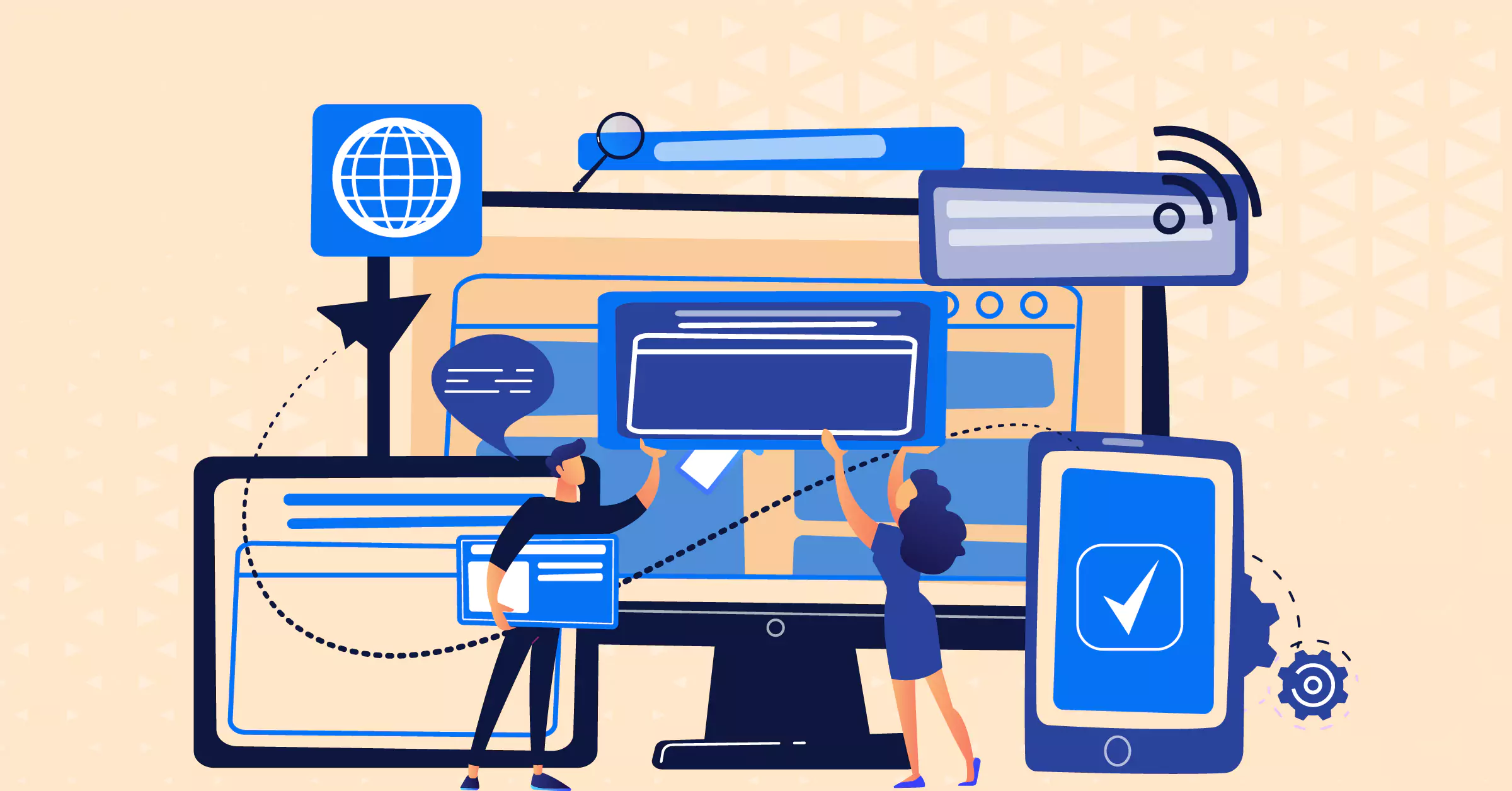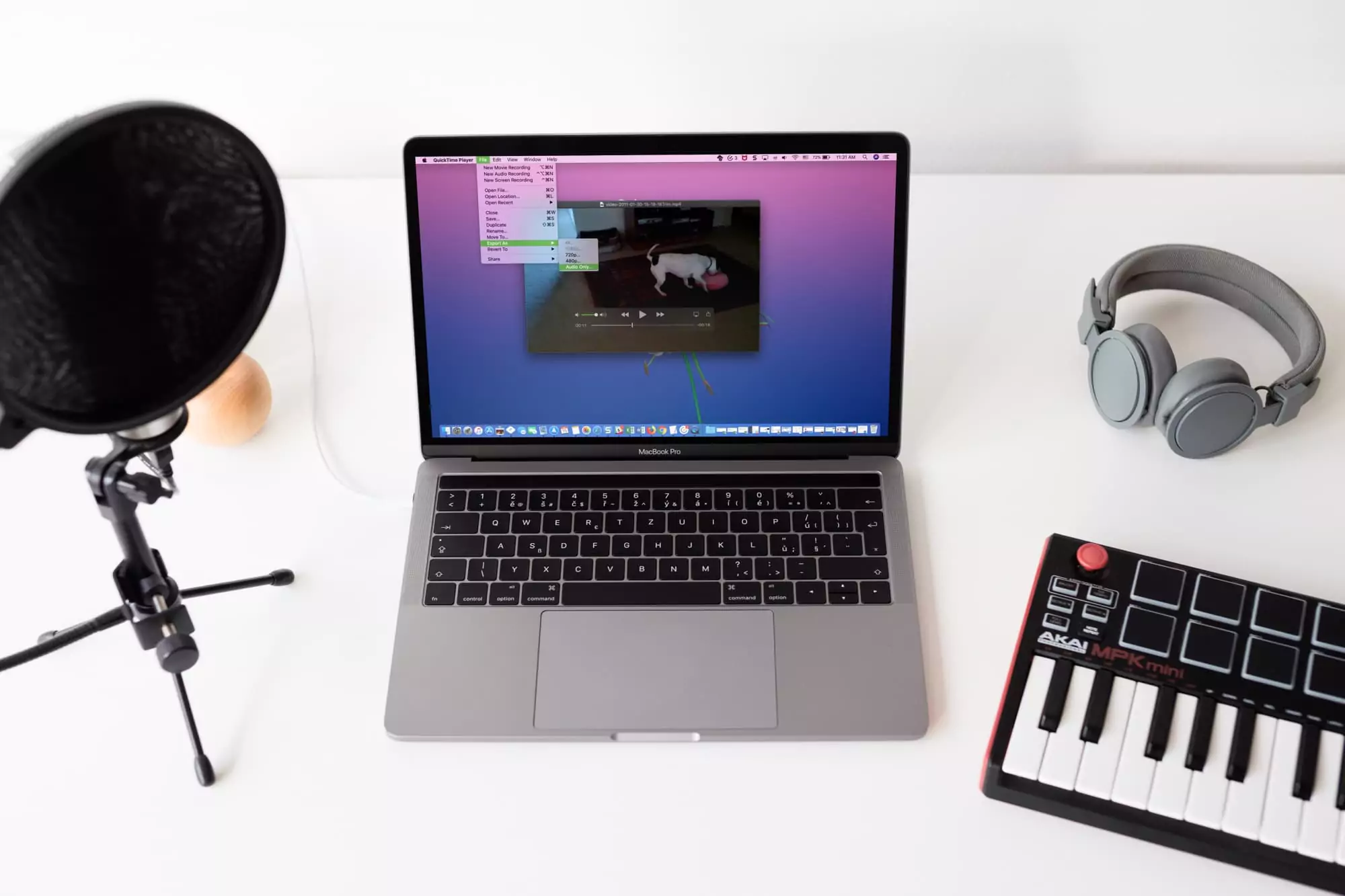Do you have any idea about the complexities & risks of working in the construction industry? If not, it’s the right time to familiarize yourself with them. In the construction industry, there is not even a single project that does not involve stakeholders. Stakeholders have high-level expectations and put too much strain on the project managers. But, with the passage of time, they will change. It’s because of the advanced digital technologies that are offering innovative ways to increase safety, reduce costs, and manage projects faster.
One of the important parts of digital technology is- IBM ( integrated business modelling) software that not only automates drones but also examines large-scale sites more accurately. This way, it becomes quite easy to create economic & strategic methods and develop a highly-secured workplace atmosphere for a better future for the construction industry.
You’ll surely be surprised to know about the emergence of digital twins, one of the most auspicious developments of the digital era. Nowadays, digital twins have become widely popular because of their crucial contribution to efficient and cost-effective construction. Besides, they also play a vital role in bringing improvements in the levels of safety as well as collaboration. If you have the desire to know every concept related to the relationship between digital twins and the construction industry, this blog post is one of the most advantageous opportunities for you. So, let’s have a glance at them.
Digital Twins: What Is Their Significance In Construction?
Digital twins are replicas or digital representations of real-world things, business procedures, places, and even individuals. It is helpful in creating virtual creations of buildings and a gap between form & functionalities. These virtual models assist construction firms in driving better projects, optimizing operations, reducing costs, and creating breakthrough owner experiences.
That sounds like a good deal. Isn’t it?
Statistics
- As per the 2020 study forecast, “the digital twins market will increase to $48.2 billion by 2026.”
- According to Buckley & Logan, digital tools are used in the design stage by 44% in Germany,49% in the United Kingdom,36% in the United States of America, and 49% in France.
- As per the market and research, the current Digital Twin construction market, which is $6.9 billion, will become $73.5 billion by 2027. And after 5 years it’ll increase by 12 times.
- According to estimates, the global digital twin market, which was $6.75 billion in 2021, will grow to a staggering $96.49 billion by 2029.
- The digital twin market worldwide was valued at USD 7.48 billion in 2021 and will grow at a CAGR of 39.1% from 2022 to 2030.
Digital Twins: A Boon For Investors
Are you one of the investors who are after digital twins for construction advantages? With these virtual twins, investors can solve not only complex problems or challenges in the construction sector but also gain top-tiered solutions for each aspect of web3 marketplace development. They offer a robust as well as an efficient solution to investors to enable them to accomplish any project. Ultimately, digital twins will transform the existing construction sector and provide investors with a plethora of benefits, including- the latest updates, collaboration, and real-time solutions.
Examples Of Digital Twin
In the construction sector, digital twins have a plethora of roles to play. It acts not only as a safety planning tool and a space optimization tool but also as a tool to bring improvements in employee experience. It’s interlinked with assets, spaces, and the individuals who utilize them for putting into the design of a building & making them a real one. Here is an overview of a few examples-
- Brings improvements in productivity through space representatives
- Monitors & optimizes asset performance
- Reduction in operational costs during construction & renovations
- “What if” analysis of safety systems and preparation of emergency action plans
Generally speaking, digital twins are highly in demand in the construction sector as well as in workplace management systems. Specifically, it has significance in dynamic workplaces, where demands for space are entirely different from the real concepts of building. One of the other best things about digital twins is that it is beneficial for space managers in- determining the parameters to build designs and fulfill space demands.
Types Of Digital Twin
| Name | Description |
| Descriptive Twin | Transforms a physical entity into a virtual reality |
| Informative Twin | Collects operative information to increase integration |
| Predictive Twin | Captures information, forecasts issues, resolves issues, secures the system from any potential threat |
| Comprehensive Twin | Helpful in leveraging prescriptive analytics, simulation, and analyzing data |
| Autonomous Twin | Involves AI( artificial intelligence) and ML( machine learning) technology to enable individuals to make precise decisions |
| Component Twin | The smallest example of a functioning component |
| Asset Twin | Allows to study the interaction of the components to create performance data |
| System or Unit Twin | Offer visibility to the intercommunication of assets and also suggest performance enhancements |
| Process Twins | Provide a brief view of systems working together to create a product |
What Are The Major Problems in The Construction Sector?
- Inability to provide a feasible solution
- Can’t connect with the latest technologies, namely- IoT, artificial intelligence, machine learning, and more.
- Produces inaccurate, outdated, and poor data
- Poor productivity
- Less profitability
- Can’t deliver the project within the time and budget
- Scarcity of skilled labor
- Concerns related to sustainability
Applications Of Digital Twins In Construction
- Verification of accomplished work’s consistency with plans & specifications
- Detect changes in an as-built model
- Allocates resources automatically to monitor and track waste
- Enable industry companies to detect people and dangerous places on a site
- Make it possible to access the condition of the visible space through 2D or 3D images
- Enable to know equipment utilization
- Provide a digital record of all workers and their location within the site
Digital Twins: How Do They Transform The Construction Sector?
Digital twins involve SSOT( single source of truth), an architecture to enable the needs of construction teams that include- contractors, sub-contractors, suppliers, and more. SSOT is not a tool, strategy, or system; rather, it’s a framework that effectively represents installed conditions, building constituents & object data.
Digital twins enable construction teams to track the progress of a specific project. It also decreases every barrier that prohibits individuals from entering an industry. This way, every member of the construction team can acquire systematic information and get the exact meaning of the current state of a project.
Digital twins are part of an innovative technology that plays a significant role in providing a high level of efficiency to individuals. It changes the tune of information related to leading construction industries into accountable information. Digital twins are just like a godsend for the construction industry because they-
- Increases project production
- Reduces development cost
- Raises quality assurance and quality control during construction projects
- Enables teams to spend more time performing meaningful tasks
- Prevent construction teams from spending their valuable time counting and figuring out issues.
- Enable construction team members to spend most time absorbing data as well as solving issues.
What Are the Core Benefits Of Using Digital Twins In Construction?
Digital twins are offering countless advantages for the construction industry, including:
Enhancement In Collaboration And Communication In Construction
Digital twins provide a common platform to enable stakeholders to make decisions, share data, and coordinate tasks. It offers an interactive and visual representation of the project. It is helpful in breaking down silos. Digital twins bring improvements in communication and level of understanding among various teams and departments.
It provides real-time data about every stage of the project for the purpose of increasing coordination between web3 developers, designers, engineers as well as contractors. In addition to this, digital twins directly help streamline operations and reduce conflicts between teams working collaboratively for a common goal.
Improvement In Efficiency Level
Digital twins are one of the innovative ways to increase the efficiency of construction industries. These replicas of the real world utilize digital and physical models of a project to reduce the time and money spent on project engineering. It also enables construction team members to collaborate and evaluate the progress of the concerned project, reducing miscommunications or human errors. This way improved efficiency has become a standard practice and an invaluable asset practice in the modern construction industry.
Prioritize Safety In The Construction Sector
Digital twins play a crucial role in improving safety, identifying potential hazards, doing real-time monitoring, predicting analysis, making better planning & risk management systems, and also reducing costs regarding unforeseen delays. Plus, digital twins are advantageous for simulating the impact of bad weather and earth-shattering events on construction sites.
One of the interesting things about digital twins is that they enable engineers to specify potential risks and take preventive measures. Furthermore, it also stimulates evacuation routes to ensure that in case of any emergency, workers can safely and immediately leave the site.
Increment In Accuracy And Quality
Digital twins allow architects and engineers to layout buildings and structures digitally. It directly ensures better communication, maintenance of schedules, and more. These real-world replicas guarantee higher-level qualitative material and functions too. Digital twins make use of the SCQA process known as- smart construction quality assurance to monitor building procedures and verify schedules & requirements.
What takes pride in digital twins in the construction industry is the assistance that they provide the construction managers with to identify probable issues. It also enables construction managers to boost safety and cut high construction costs. One of the best parts of digital twins is that they offer top-quality data-driven insights into the design phases of a given project.
Reduction In Construction Costs
Digital twins help construction managers in simulating several design options as well as evaluating their performance. It reduces the requirement of costly changes during the construction procedure. These virtual twins are beneficial for optimizing the use of resources and materials, reducing waste, and decreasing costs.
One of the alluring things related to these virtual twins is that they provide stakeholders with a single platform to enable them to collaborate in an effective way. It helps to overlook potential misunderstandings and risks related to expensive errors. Ultimately, digital twins significantly reduce costs related to construction projects and make them more accessible as well as reasonable to countless clients.
Upon Consideration
Altogether, digital twins offer benefits for the construction sector by enabling companies to accomplish projects within a given deadline and predetermined budget more efficiently and effectively. There are a few challenges related to digital twins, such as-data collection issues, security concerns, and high-implementation costs. But, the good news is that with appropriate implementation strategies and careful planning, it becomes easy for the construction sector to reap the advantages of digital twins more successfully without compromising their safety.
Read More: Installing Forticlient VPN





